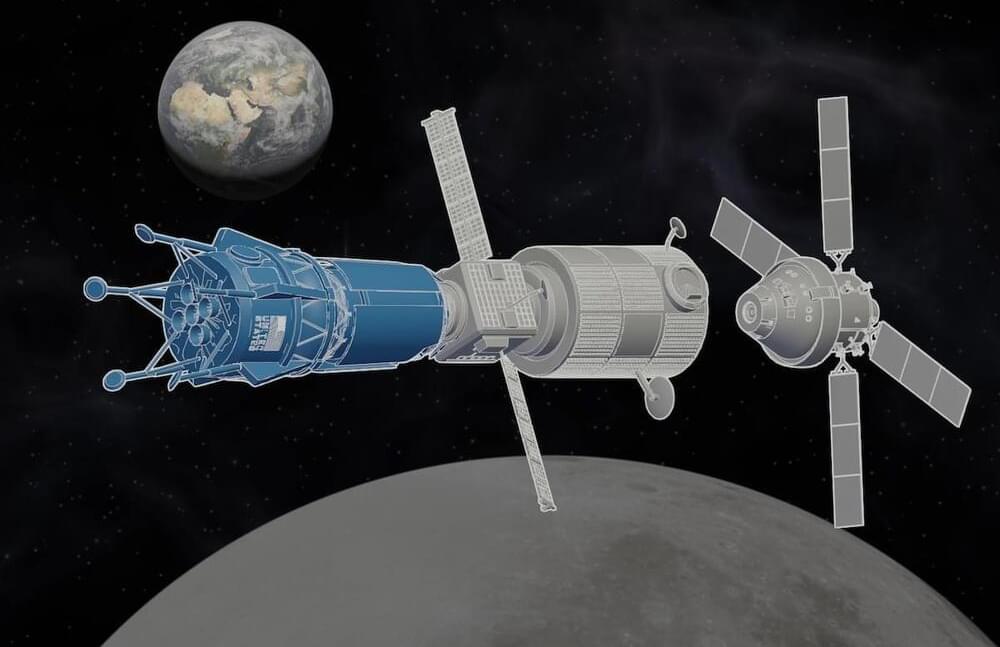Live updates from Thursday night’s NASA-SpaceX resupply mission to International Space Station from Kennedy Space Center at Cape Canaveral, Florida.
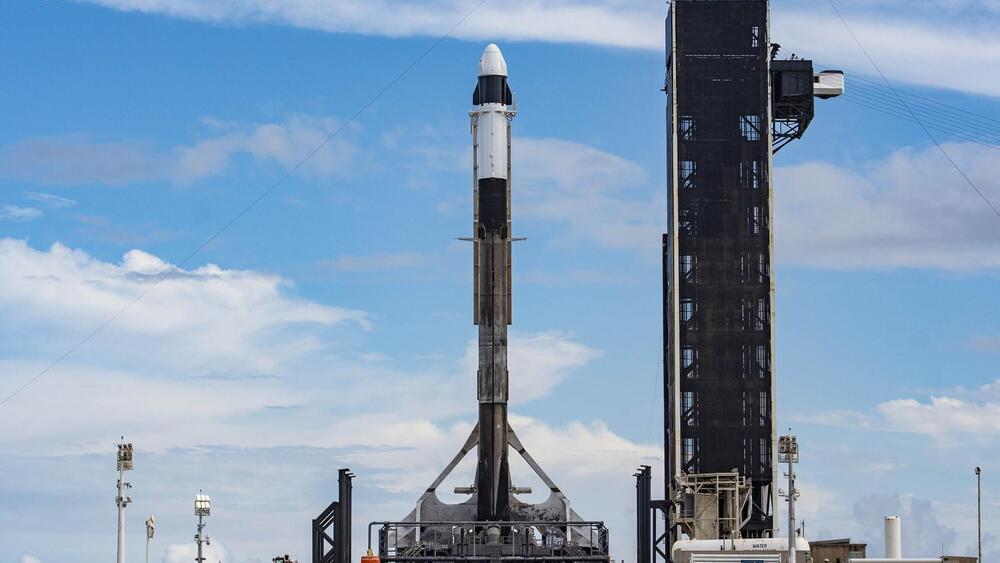


The D’Onghia magnetic shielding crew hat, or CREW HaT, is a system that uses electromagnetic coils to deflect cosmic radiation from astronauts. The system consists of:
A ring of electrical coils positioned on arms roughly 5 meters from the spacecraft’s main body A Halbach Torus, a circular array of magnets that creates a stronger field on one side while reducing the field on the other side Superconducting tapes When turned on, the system forms an extended magnetic field outside the spacecraft that deflects the cosmic radiation.


Four months after launch, the European Space Agency’s Euclid spacecraft has sent back its first stunning color images. The five images, which were officially unveiled to the media today at ESA’s European Space Operations Center here in Darmstadt, Germany, highlighted the mission’s techical prowess.
The five early release images capture details of both clusters of distant galaxies as well as a globular cluster of old stars within our own Milky Way Galaxy with unprecedented sensitivity and precision.
The mission, with contributions from NASA, is on the cusp of starting its routine science of imaging galaxies over a third of the sky in hopes of finally revealing the mysteries behind the dark… More.
ESA’s Euclid observatory early image release delighted astronomers at a press event today in Germany. The mission expects to begin routine action in January.
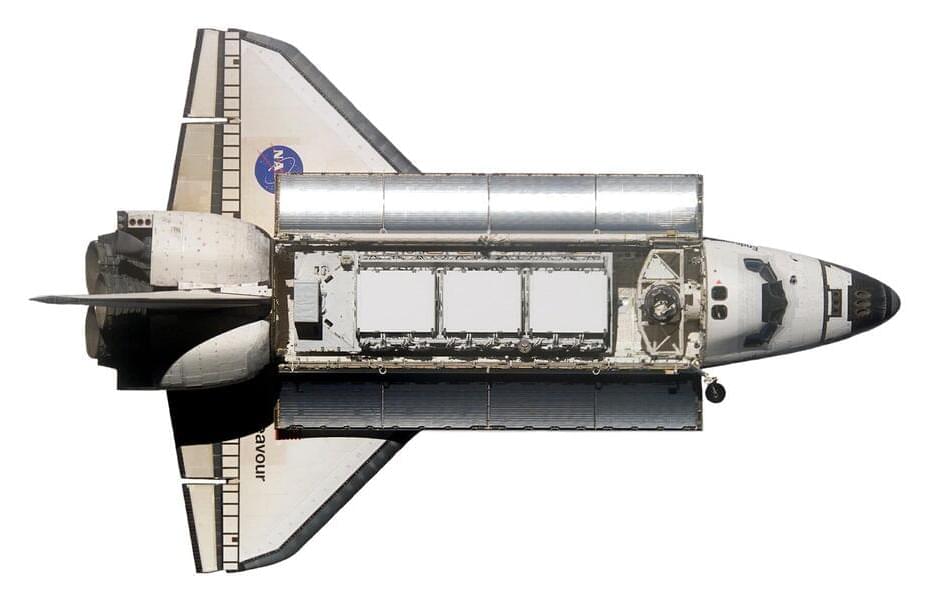
The space shuttle Endeavour’s twin giant rockets will be hoisted by crane next week and affixed into place atop the craft’s aft skirts in a first step of assembling a full-stack configuration of the shuttle at the future Samuel Oschin Air and Space Center.
The two solid rocket motors—each weighing 104,000 pounds and the size of a Boeing 757 fuselage—were transported by truck in early October from Mojave Air and Space Port to the science center in South Los Angeles.
“It’s actually pretty exciting. This is the first big tall pieces of the stack going into the building,” California Science Center President Jeffrey Rudolph said. Each solid rocket motor measures 116 feet and makes up most of the length of the 149-foot solid rocket boosters. At liftoff, the white solid rocket boosters were set underneath Endeavour’s wings and produced more than 80% of the lift during takeoff.
Imagine embarking on a journey aboard a spaceship, heading in one direction as far as possible from Earth.
Now, imagine that the spaceship can constantly accelerate up to the speed of light, and you have an infinite lifespan.
How long would it take you to reach the edge of the Universe?
What would it look like? How would you cross it?
And if you were to cross it, what would be beyond?
Does the Universe have an edge, or is it infinite?
And what shape does our Universe have?
In this video, you’ll find out the answers to these exciting questions about the boundaries and shape of our mysterious Universe!
What lies beyond the edge of the Universe?
#universe #reyouniverse #ryv_space

The sky is no longer the limit—but taking flight is dangerous. In leaving the Earth’s surface, we lose many of the cues we need to orient ourselves, and that spatial disorientation can be deadly. Astronauts normally need intensive training to protect against it. But scientists have now found that wearable devices which vibrate to give orientation cues may boost the efficacy of this training significantly, making spaceflight slightly safer.
“Long-duration spaceflight will cause many physiological and psychological stressors, which will make astronauts very susceptible to spatial disorientation,” said Dr. Vivekanand P. Vimal of Brandeis University in the United States, lead author of an article in Frontiers in Physiology on this topic. “When disoriented, an astronaut will no longer be able to rely on their own internal sensors, which they have depended on for their whole lives.”
The researchers used sensory deprivation and a multi-axis rotation device to test their vibrotactors in simulated spaceflight, so the senses participants would normally rely on were useless. Could the vibrotactors correct the misleading cues the participants would receive from their vestibular systems, and could participants be trained to trust them?
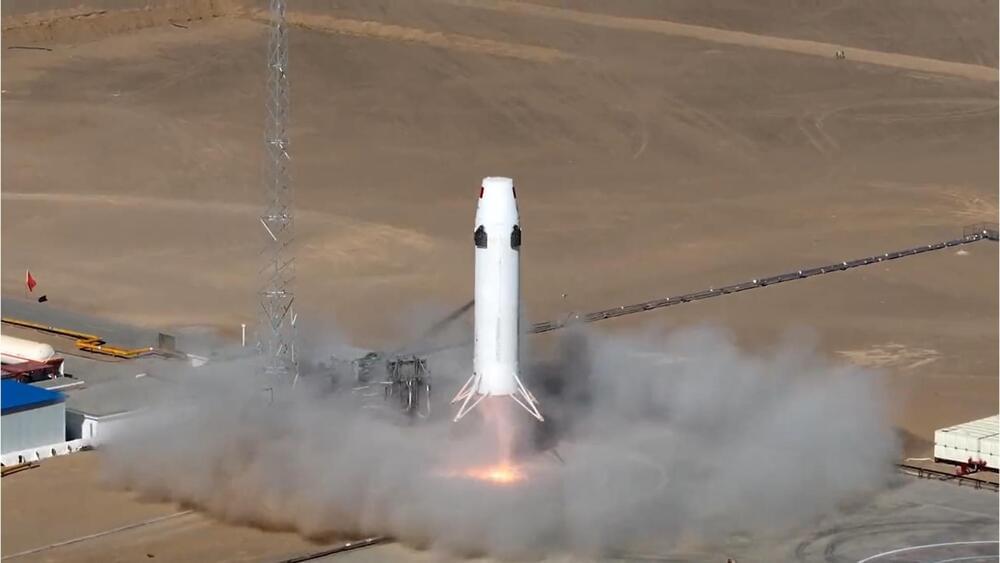
The company aims to launch a larger and more powerful reusable rocket in 2025.
A Chinese company has made significant progress in developing its reusable rocket after successfully testing the first stage of its Hyperbola-2 launch vehicle in a desert. iSpace, a Beijing-based firm, conducted a “hop test” at the Jiuquan satellite launch center on Thursday, which lasted for about a minute and demonstrated the rocket’s ability to take off and land vertically. The company said the test was an essential step towards flying its larger and more powerful Hyperbola-3 reusable rocket in 2025.
As per SCMP.
CNSA Watcher/X
Interstellar Glory / iSpace’s Hyperbola-2 prototype rocket aced its 1st test flight & LANDED successfully in Jiuquan! Diameter: 3.35m, Length: 17m, Engine: JD1 CH4/LOX. Flight height: 178.42m, Time: 50.82s, landing accuracy: 1.68m, landing speed: 0.025m/s. https://buff.ly/45XwaBh pic.twitter.com/6hdUfCesuQ— CNSA Watcher (@CNSAWatcher) November 3, 2023
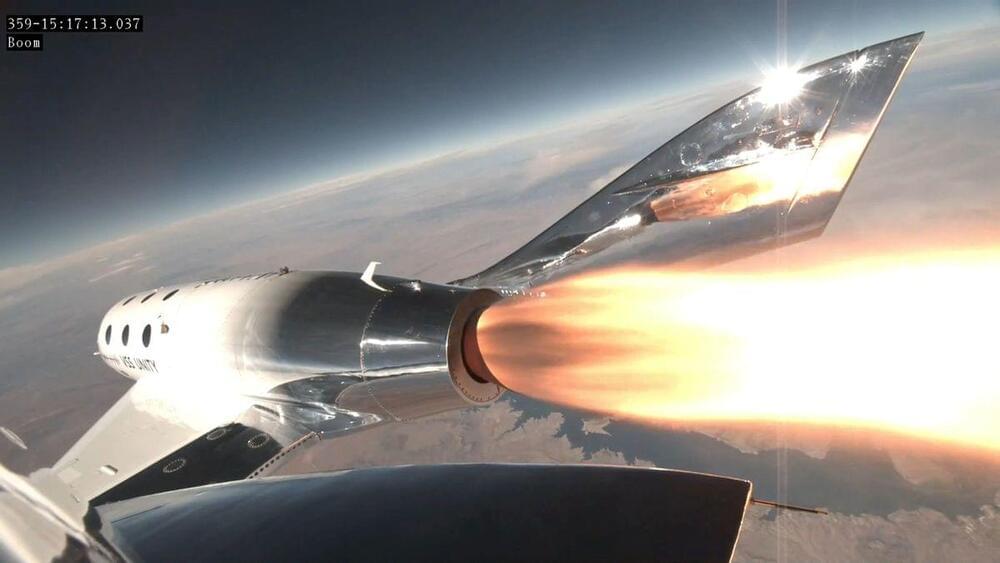
On pace with its once-a-month flight goal, Virgin Galactic is about to embark on its fifth commercial mission, and its final flight of 2023.
Galactic 5 is scheduled to lift off this Thursday (Nov. 2) and will carry three passengers on a brief trip to suborbital space. The trio will fly aboard Virgin Galactic’s SpaceShipTwo space plane, named VSS Unity, and experience several minutes of weightlessness while they perform a quick round of research experiments and gaze at the wonders of Earth from a vantage point few have reached.
